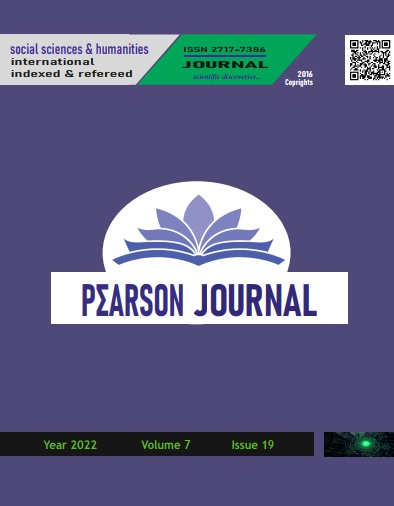A STUDY ON MAPPING SPATIAL PERCEPTION: THE CASE OF TARSUS
DOI:
https://doi.org/10.46872/pj.544Keywords:
Spatial perception, Gestalt principles, perceptual maps, base maps, TarsusAbstract
Spatial perception is one of the main determinants of the relationship between people and space. People adopt the place they live in and assign a meaning to it or vice versa. The direction of behavior is determined by the positive or negative impressions of the person in a place. For this reason, parameters based on the cognitive processes of spatial perception are also used in the evaluation of the quality of the space. How urban space is perceived also guides urban planning and design studies. For this, it is important to know how the urban space is organized in the mental map of individuals and what effect it has on people. Based on this idea, it is aimed to obtain base maps that can be used for urban planning and design studies in this study. The study was carried out in the historical center of the city of Tarsus and its surroundings. In the first stage of the study, the perceptual values of the historical city center and its surrounding structures, open spaces and green spaces were mathematically revealed. At this stage, where experts were decisive, four Gestalt principles (similarity, proximity, closure and continuity) were used. In the second stage, it was tried to transform the perception values into perceptual maps in the GIS environment. Thus, base maps that can be used in urban planning and design studies have been obtained. Perceptual values in the base maps were found to be quite different from each other in terms of structures, open spaces and green spaces. The main reason for this result has been accepted that the elements that do not reflect spatial knowledge and experiences affect the integrity of perception by taking place in the historical city center over time. When the base maps are interpreted, it becomes clear that it is important to ensure spatial integrity and continuity by prioritizing spatial knowledge and historical experiences in urban planning and design activities in the historical city center and its surroundings.




